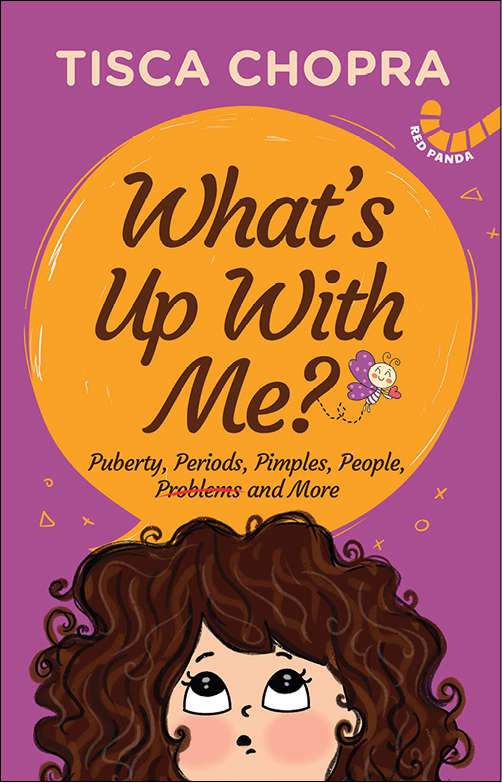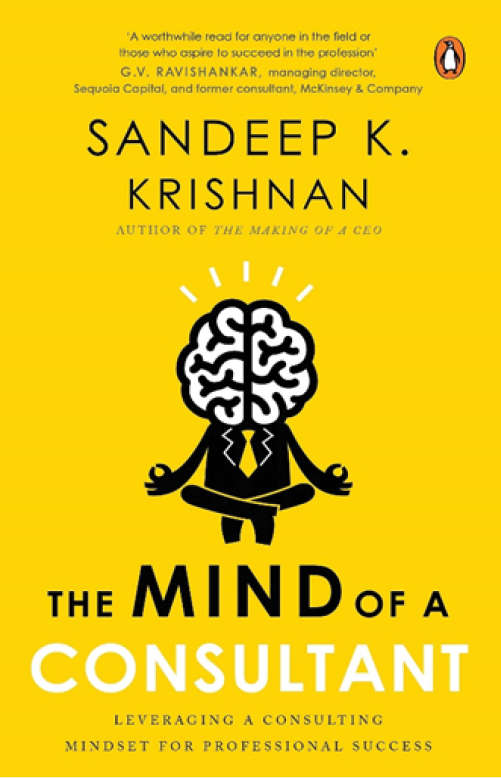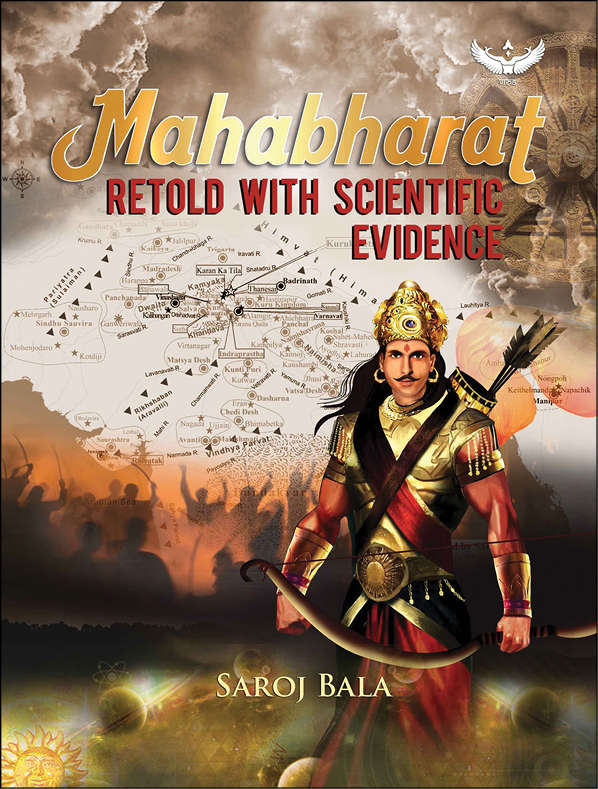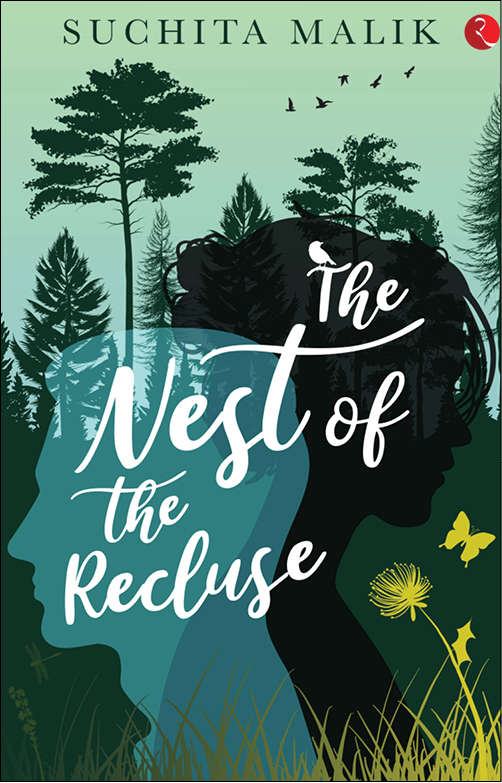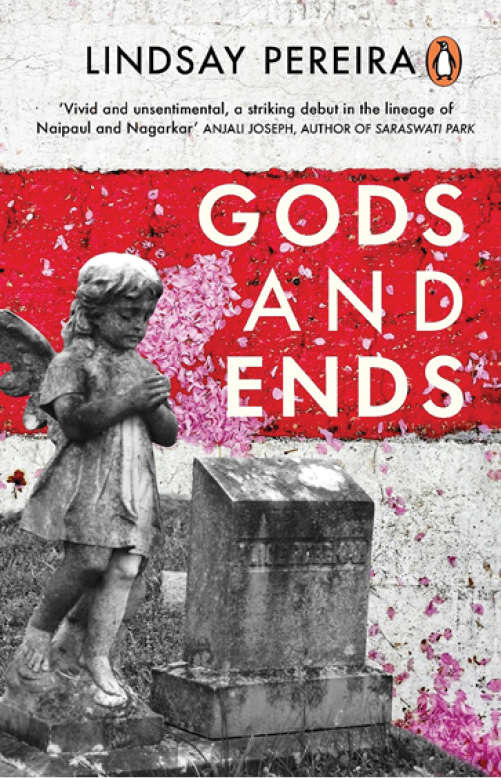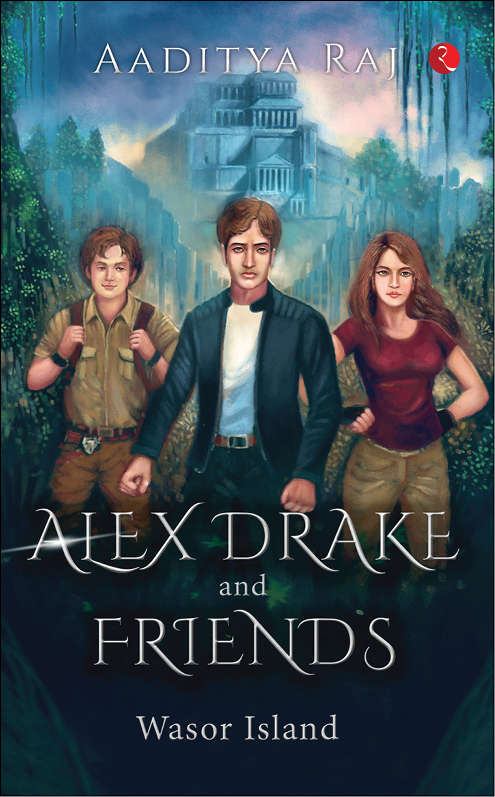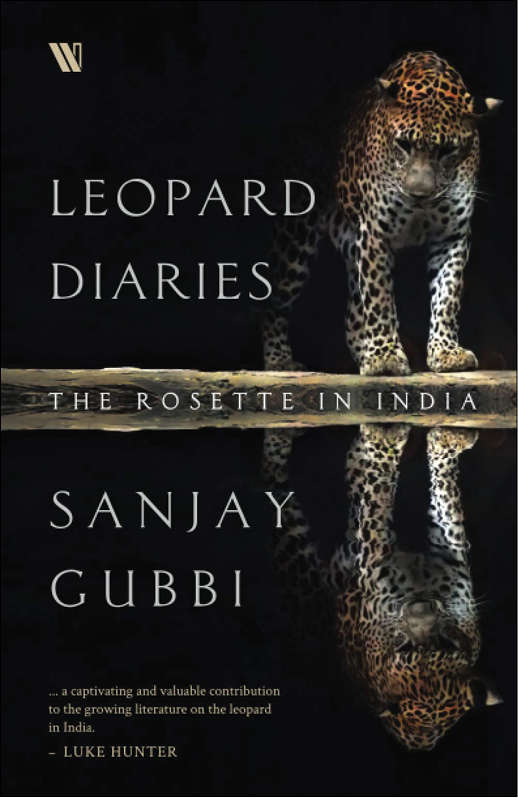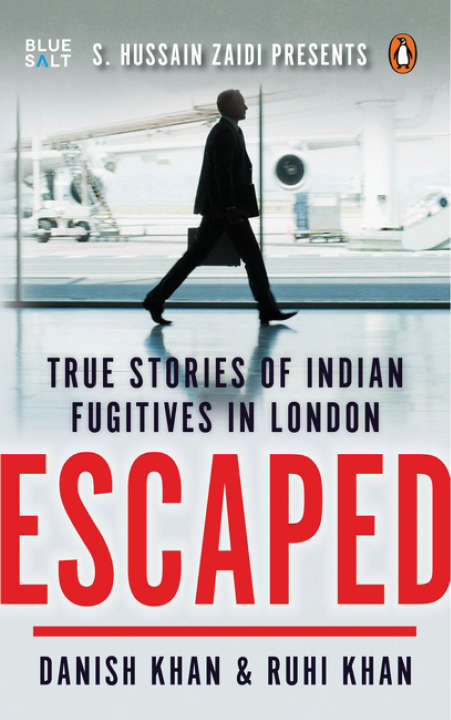Apart from learning how to pronounce my name correctly, and how to pronounce Urdu words correctly, I learnt the basics of broadcast journalism at IIMC. I also got to know the basics of cameras, video editing, scripting, various formats of reporting, live studio production and of course, storytelling, that is, the narrative.
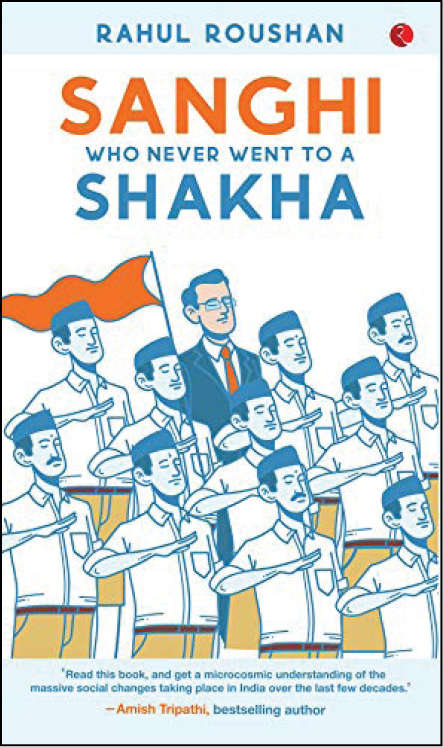
The term ‘narrative’ doesn’t just mean the art and craft of storytelling, but also the agenda that you want to set along with the story. I don’t recall any in-your-face kind of ideological narrative being peddled by any teacher or guest faculty in the broadcast journalism course. My friends from the print journalism courses though would share some stories about heated debates around such issues in their classes.
Perhaps the print journalists were more into bitter ideological battles than the TV journalists at that time. Television journalism had just started taking off in India and not many were ready to become a flagbearer of ideological battles from the beginning itself. Today, obviously you can name a dime a dozen of TV journalists who indulge in such battles. You can imagine what they would teach if they were to be invited as guest faculty in any journalism school, but I was more or less spared any direct ideological preaching in the classrooms.
The general ideological bias in media narratives is not due to some grand universal conspiracy by the Left to control the world—at least that is what I personally believe, even though some people do believe that such a conspiracy exists—but because of the widely held belief that the mass media is hugely powerful and thus this power has to be used ‘responsibly.’
Stan Lee wrote in Spider-Man, ‘With great power comes great responsibility.’ Incidentally, alter egos of some fictional superheroes too worked in newspapers, such as Peter Parker and Clark Kent, that is, Spider-Man and Superman, respectively. Journalists, too, seem to have alter egos, who must save the world from the villains and promote good over evil.
And I am not being flippant about it. Journalists, for sure in those times, did solemnly feel that they were very powerful and thus they had a very important job. Dileep Padgaonkar, a long-time editor at the Times of India, is reported to have said, ‘I have the second-most important job in the country,’ presumably after the prime minister’s.
This sense of self-importance is the result of the widely held belief that the traditional mainstream media is hugely powerful, which consequently leads to ideology playing a part in the overall scheme of things. Let me explain.
Among various communication models applicable to the mass media, I remember being taught the oldest and the original theory of ‘hypodermic needle model’ very early at IIMC. Also known as the ‘magic bullet’ theory, this model equates messaging through the mass media with medicinal injections. The messages carried by the media are supposed to be like the medicinal fluid in a syringe, which can be injected into a receiver’s body and the desired affects can be achieved to almost clinical perfection. Alternatively, the media is supposed to be a magic gun that can inject bullets right into a person’s head—without killing him—but the person’s beliefs and thinking changes according to what was contained in that bullet.
There is also something called the ‘agenda-setting theory’, which effectively argues that the media is not anything like a ‘mirror to the society’—an adage often used by journalists or media professionals— but the press and the media actually go on to shape the character of a society by altering its thinking and sensitivities. So, far from being just a commentator—which is how journalists present themselves by offering ‘Don’t shoot the messenger’ and such maxims—a journalist is actually an active player and on occasions, even an umpire.
These are not conspiracy theories but communication theories taught at journalism schools. To be fair, there are other theories too, which argue that the recipients or the masses are not so passive. Such theories are taught too, and I’m sure that over the past few years, new models would also have come up, given how new technologies have diluted this power of the old mass media. I hope those are also being taught in journalism schools today.
But the original and earnest belief among journalists was, and perhaps remains, that the traditional mass media is too powerful and can bring about mass changes and revolutions by altering people’s thinking.
Since the media is a hugely powerful tool, if not the powerful tool to control the masses, that one must be responsible in using this tool was an unquestioned wisdom. I too believed that a journalist’s job was to educate the masses about what is good and bad, to make them take note of the right issues by deciding which news deserves what kind of space and to fight for justice on behalf of the masses — that would be ‘responsible journalism’. A student of journalism would feel that a journalist was no less important than a teacher or a doctor or a soldier for the society.
Possibly many of you are thinking—‘But what is wrong in that belief? Journalists must feel that sense of responsibility.’ However, the moment you bring in a moral aspect, things are bound to get influenced by the ideologies you subscribe to, because what is ‘responsible behaviour’ will be guided by your ideology, especially your political ideology. Similarly, answers to questions such as ‘What is good for the society?’ that you should promote and ‘Who or what is evil?’ that you should fight against would also depend upon, and sometimes be dictated by, your personal and socio-political ideologies.
The excerpt is from ‘Sanghi Who Never Went to a Shakha’ (published by Rupa Publications).
The Daily Guardian is now on Telegram. Click here to join our channel (@thedailyguardian) and stay updated with the latest headlines.
For the latest news Download The Daily Guardian App.
